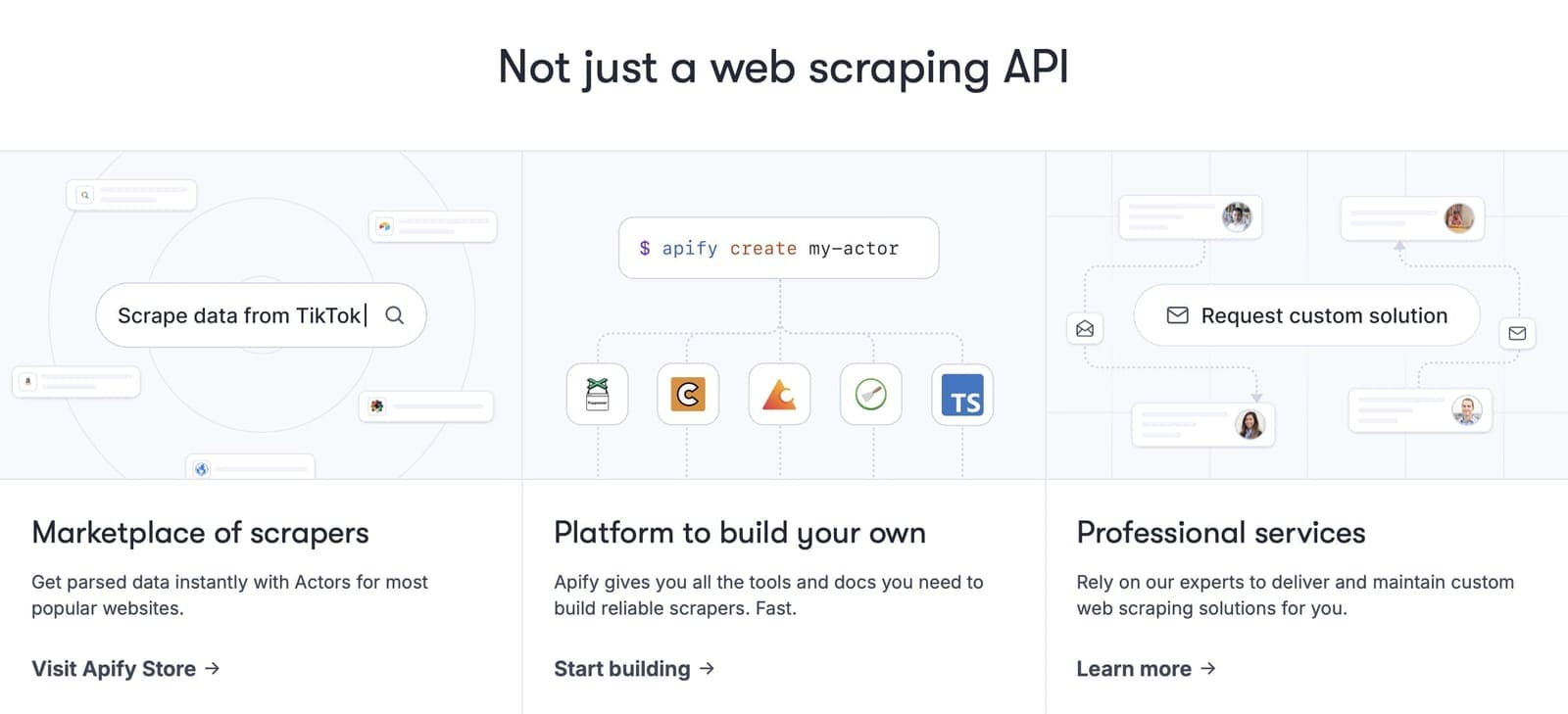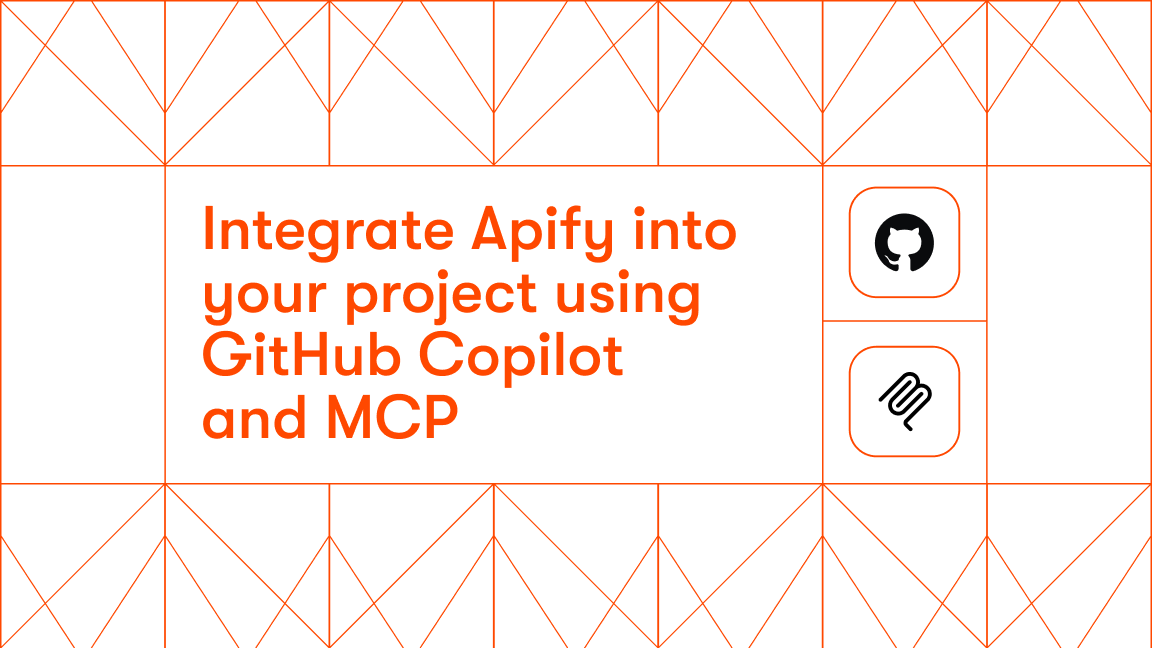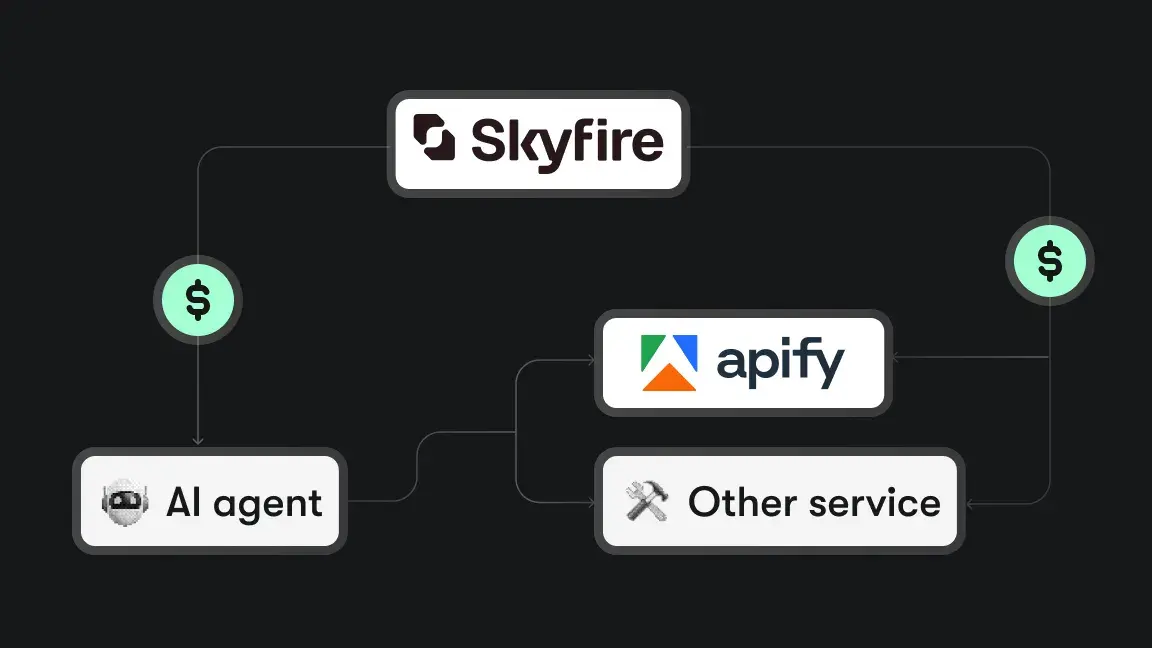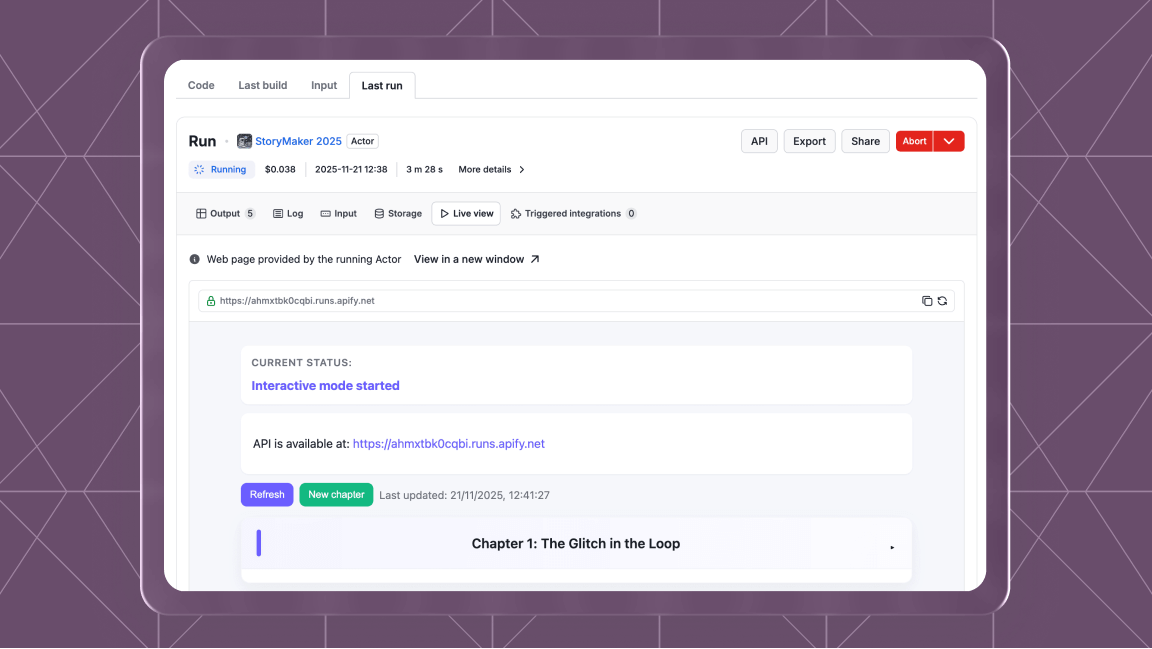Jina.ai is a platform that offers a whole Search Foundation suite that covers nearly every layer of a modern RAG stack. It combines Embeddings, Rerankers, and Small Language Models to help businesses build reliable and high-quality GenAI and multimodal search applications.
Jina's Reader endpoint converts any public URL (or raw HTML) into clean Markdown or JSON that downstream models can ingest directly.
Firecrawl lives squarely in that same URL → structured text layer, adding a browser fleet and an optional agent for clicking buttons and paginating.
Because that’s the one feature set the two platforms share, this article compares Firecrawl with Jina.ai Reader side-by-side; Jina’s other endpoints (embeddings, ranking, end-to-end QA) are noted where they change pricing or ecosystem dynamics.
Firecrawl and Jina.ai Reader: A quick comparison
Before we dive into details, here’s a quick, like-for-like look at the two services:
| Capability | Firecrawl | Jina.ai Reader |
|---|---|---|
| Commercial model | Page-credit SaaS • core AGPL-3.0 | Token-metered SaaS • repo Apache-2.0 |
| Dynamic-content handling | HTML fetch or Chromium; optional FIRE-1 | Headless Chrome with wait-for selectors |
| Built-in intelligence | Markdown reduction + link-dedupe | ReaderLM-v2 (1.5 B) → MD/JSON |
| Throughput | 2 → 100 concurrent browsers | 20 → 5 000 RPM (key tier) |
| Selector-less extraction | JSON-schema prompts | Default; CSS include/exclude optional |
| Baseline pricing | 3,000 pages = $16/mo 100k pages = $83/mo | 10M tokens free ≈ $0.02/M tokens after |
| Latest release | firecrawl-py 1.15.0 (Jul 2025) | ReaderLM-v2 (Jan 2025) |
Note: This table focuses only on the URL-to-text layer; Jina’s embeddings and reranking services sit outside the scope of this head-to-head.
Philosophy and architecture
Firecrawl
A single REST call decides whether a fast HTTP fetch is enough or whether a pre-warmed Chromium needs to render JavaScript. If the page hides content behind buttons or infinite scroll, the FIRE-1 agent can click, paginate, fill simple forms, and even solve lightweight CAPTCHAs — keeping scraping logic out of your codebase.
Jina
Jina treats HTML as noisy input and approaches “reading” as a translation task. Prefix any URL with r.jina.ai/ (or hit the API) and ReaderLM-v2 renders, strips boilerplate, deduplicates links, captions images, and ships back lean Markdown or JSON. A sister endpoint s.jina.ai/?q= even performs a web search, fetches each result through Reader, and returns the full texts — effectively a free SERP-plus-extraction layer.
Developer experience and customisation
Both Firecrawl and Jina.ai aim for “no selectors required,” but they get there in different ways. The next table shows how much hand-holding each tool offers developers and when you might still need to write selectors or scraper logic yourself.
| Feature | Firecrawl | Jina.ai Reader |
|---|---|---|
| SDKs / on-ramp | REST; Node, Go, Python SDKs | Pure REST; auto cURL/JS/Python |
| Zero-selector mode | Schema-driven | Enabled by default |
| Partial-content controls | include_images, max_tokens | Token budget, CSS filters |
| Testing tools | Web playground | Interactive demo |
In a nutshell: Both hide CSS/XPath for ~90 % of pages, but Firecrawl takes a schema-first approach, whereas Jina banks on ML to infer what matters.
Infrastructure and autoscaling
Firecrawl’s limits are concurrent browsers; Jina’s are requests per minute and tokens per minute. Pick whichever unit matches your workload pattern.
| Aspect | Firecrawl | Jina.ai Reader |
|---|---|---|
| Who hosts browsers? | Firecrawl Chromium fleet | Jina Chrome/Playwright pods |
| Concurrency limits | 2–100 browsers (plan) | 20–5 000 RPM |
| Retries & CAPTCHAs | Retries + solver | Retries; bring your own proxy |
| Monitoring | Latency & credit dashboard | Usage API + status page |
Ecosystem and community
Jina’s broader organisation spans 240+ repos (embedders, rerankers, etc.), whereas Firecrawl pours all attention into one crawler — hence the dramatic star gap:
| Metric | Firecrawl | Jina.ai Reader |
|---|---|---|
| GitHub stars | ≈ 45k | ≈ 9k |
| Release cadence | Every 2 weeks (SaaS) | Quarterly model drops |
| Integrations | LangChain, LlamaIndex | LangChain loaders, HF demos |
| Self-hosting | firecrawl-simple (AGPL-3.0) | Docker image (Apache-2.0) |
Pricing and licensing
Firecrawl keeps things simple: 1 page = 1 credit. A free plan grants 500 credits, the Hobby tier gives 3,000 credits for $16, and the popular Standard tier offers 100k credits for $83. Extraction-heavy work moves you to token bundles ($89–$719).
Jina gives every new key 10 M free tokens across all endpoints. After that, you top up in blocks; community reports peg the price at roughly $0.02 per million tokens, keeping small or bursty workloads cheap.
| Tier | Firecrawl (pages) | Jina.ai Reader (tokens) |
|---|---|---|
| Free | 500 pages | 10M tokens |
| Entry | 3,000 pages → $16/mo | PAYG; $18 ≈ 1M tokens |
| Mid-range | 100k pages → $83/mo | 20M tokens ≈ $400 |
| High volume | 500k pages → $333/mo | Enterprise/on-prem |
At ~100k pages/month, Firecrawl is 4–5× cheaper, but Jina wins for many searches + few large pages or if you insist on zero monthly commitment.
Licensing also diverges: Firecrawl’s core is AGPL-3.0 (fork = open-source), while Jina ships under Apache-2.0, which is permissive and corporate-friendly.
A flexible alternative: Apify
If a single crawler/search API feels limiting, Apify gives you a serverless runtime plus the web’s largest marketplace of web scrapers.

Here's why you should consider Apify as an alternative:
| What you get with Apify | How it helps |
|---|---|
| 6,000+ ready-made scrapers | Instant scrapers for almost any site |
| Elastic runtime & pricing | $39/mo Starter + $0.4/CU |
| Open-source Crawlee SDK | Write locally, deploy when you scale |
| Monetize your scrapers | $360k+ paid to creators monthly |
- 6 000+ ready‑made scrapers cover every kind of website, such as Amazon, Google Maps, LinkedIn, Apollo, TikTok, Reddit, X, Instagram, Facebook, and many more. All can be used with an intuitive UI (no coding needed).
- Managed global proxy network and CAPTCHA‑solving. Scrapers on the Apify platform have proxy rotation, browser fingerprinting, and CAPTCHA-solving baked in. No need to pay for third-party services.
- Serverless execution. You can code a scraper in JS/TS or Python, deploy it to the cloud, and Apify auto‑scales it exactly like AWS Lambda — no servers to patch.
- First‑party export and integrations (S3, Firestore, Airtable, Kafka). Firecrawl ships LangChain/LlamaIndex loaders, but with Apify, you can also push to object storage or message queues.
- Multiple pricing modes. Classic compute‑unit billing and a pay‑per‑event model, where you charge by events like “run started”, not just results, which can make large-scale scraping cheaper.
- Free on‑ramp. $5 credits every month forever; pay a subscription only once you outgrow the free tier.
Want to know exactly how Apify compares with Firecrawl? Check out our detailed comparison below.
Explore other alternatives to Jina and Firecrawl here:
Note: This evaluation is based on our understanding of information available to us as of August 2025. Readers should conduct their own research for detailed comparisons. Product names, logos, and brands are used for identification only and remain the property of their respective owners. Their use does not imply affiliation or endorsement.








